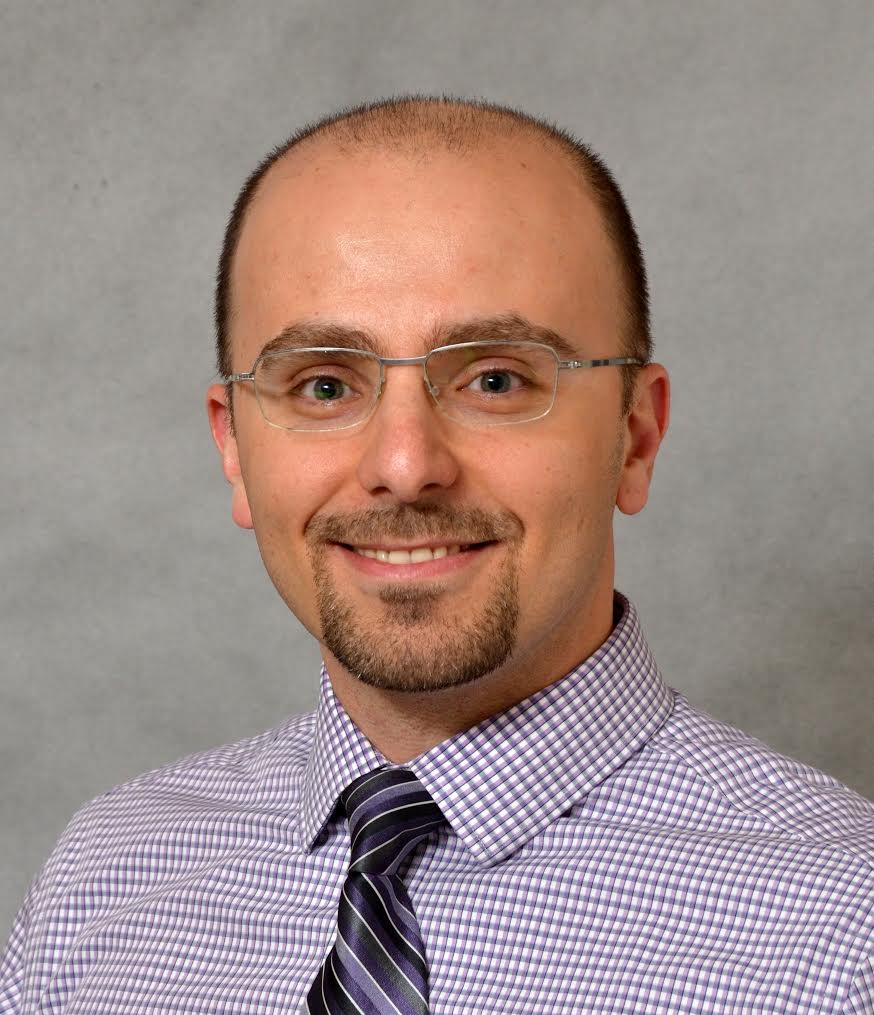Should Doctors Be Role Models For Their Patients “Showing, Rather Than Just Telling”
Last year, the grand round speaker was a renowned physician in his field. He gave us an excellent presentation related to heart disease prevention and lipid management. However, the audience were surprised with the fact that the speaker was obese, at least 50 lb. overweight. I invoke this anecdote to buttress my argument that physicians need to be role models to inspire confidence in their patients. It is a fact that healthy physicians make better role models for patients. Whether doctors avoid smoking, eat right, exercise, or maintain a proper weight can influence how they talk with patients about making lifestyle choices.
As an interventional cardiology fellow, I advise the importance of maintaining a healthy lifestyle to my patients on daily basis. However, the majority of us fall guilty of neglecting what the American Heart Association recommends of 30 minutes aerobic activity five times a week. One of the biggest reasons for not maintaining a healthy life style is time! Long working hours, interrupted sleep, travel, deadlines, and lack of proper work/life balance, are all obstacles that prevent from leading a healthy lifestyle.
How can we maintain healthy lifestyle with limited hours in a day? We often set unrealistic goals (i.e. losing a certain number of pounds at the end of the year, increase muscle mass to 40%, decrease waist size by 4 inches in 6 months, etc.). Therefore, setting up short-term goals is measurable and more effective. Also, changing a few habits throughout the day can have a remarkable impact on your health and fitness. In general, doing little things on a regular basis is better than nothing.
At work, try to park at the farthest spot in the lot or parking garage to gain few extra steps, use the stairs instead of the escalator, avoid high-carbohydrate diet and snacks, and protein shakes for snack and between meals. The “power of 5-minutes;” if you are in the cath lab or clinic, try to take 5 minutes for lunges, burpees, squats, sit ups, or pushups in an empty patient room or locker room. Don’t leave work at rush hour! Instead, find a place in the hospital to do 30 minutes of exercises until traffic is better then leave to go home.
At home, try not to eat 3 hours before bedtime. Avoid high-carbohydrate snacks between dinner and bedtime. Try to avoid checking your phone or answering emails after 8 pm. Go to bed early, get up 30 minutes earlier than usual and do quick morning exercises. If you have a gym membership and you never had the time to go, early morning before work is the best time.
The majority, if not all, of the cardiologists go to meetings and conferences. I find a lot of downtime during conferences that can be used to exercise. Before starting your day, spend one hour in the gym. This can be done almost at the end of the day if you are not a morning person. Have protein bars, nuts in your bag so you can snack on during the day. Avoid muffins, cakes, and candies that are often served at the exhibit halls. We have seen multiple photos on social media tagged with the hashtag “#EscalatorShame” with escalators packed with cardiologist! Use the stairs not the escalators at the convention center.
Don’t expect immediate results! Do little things when you can, as much as you could, and I guarantee outstanding results. So next time we tell our patients to exercise or lose weight, we can reflect on our personal experience and give them the best advice.

M Chadi Alraies, MD is an interventional fellow and vice chair of Council on Clinical Cardiology Fellow-In-Training & Early Career Committee of American Heart Association.